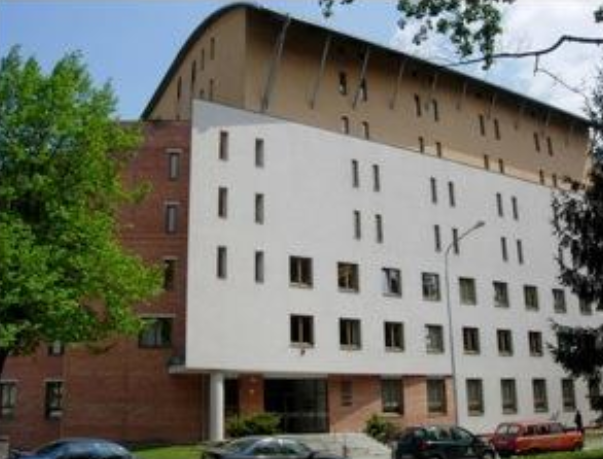Basic Features of the Archival Holdings on the History of the House of Liechtenstein
Among the historical sources on the history of the House of Liechtenstein preserved in the Olomouc Archives, the "Archives of Moravian Šternberk" should be mentioned first and foremost. In 1693, Prince Jan Adam of Liechtenstein bought the Sternberg dominion, of which the center was the town of Sternberg. The House of Liechtenstein then ruled there until the abolition of servitude and patrimonial administration. Sternberg underwent significant changes under their rule. The town gradually lost its medieval prerogatives in the area of judicial and administrative powers. The executive power was transferred to the administrative and judicial bodies, which represented the absolutist monarchist state. Although Sternberg was transformed into a self-governing town in the second half of the 19th century, the Liechtensteins continued to influence its appearance, even if only indirectly. Particularly noticebla was the reconstruction of the Sternberg Castle, which towers above the historic center of the city, carried out by Prince Jan II of Liechtenstein in the 1880s according to a design by Viennese architect Karl Kayser.
The second most important collection of this type is the "Archive města Litovel" [Archive of the City of Litovel]. Litovel was inherited by Prince Karl of Liechtenstein in 1597 after the death of Jan of Boskovice and Černá Hora, known as "Schembera", the previous owner of the town. Karl acquired the inheritance through his marriage to Jan's daughter Anna. The town belonged to the House of Liechtenstein until the abolition of servitude and the abolition of patrimonial administration. Litovel, originally a royal town, retained the status of a so-called princely municipal town under Liechtenstein rule, which continued to enjoy broad administrative and judicial autonomy, extensive privileges and its own estate. In 1850, Litovel became a self-governing town.
The "Archiv města Uničov" [Archive of the City of Moravian-Neustadt] can be considered the third important collection of Liechtenstein sources. In 1622, Emperor Ferdinand II donated the royal town of Uničov to Prince Karl of Liechtenstein by special decree. The formal reason given for this step was to punish the town for its participation in the Estates Uprising. In fact, as the owner of the neighboring town of Litovel and the nearby Úsov dominion, the Prince of Liechtenstein requested the town from the Emperor in order to consolidate his possessions in northern Moravia. However, the situation changed after the death of Prince Charles and the successful defense of the town, which was fighting on the imperial side against the Danish army in 1626-1627. The citizens of Uničov then turned to Emperor Ferdinand II with a request for the return of the privileges of a royal town. They justified their request by claiming that the town's role in the Estates Uprising had been misinterpreted and that most of the townspeople actually remained loyal to the Emperor. During a lengthy investigation into the matter, the citizens of Uničov had to counter the pressure exerted by the Liechtenstein officials, but did not give up their dispute. In 1632, the Emperor finally ruled in favor of the townspeople and restored Uničov to its former status as a royal town with effect from 1633. Liechtenstein rule thus remained a mere episode in Uničov's history.
The relevant archival documents in all the above-mentioned fonds are not documents of a personal nature, but exclusively those that were created in the course of the administration of the above-mentioned towns by the Liechtensteiners and their officials.
Overview of Holdings Related to the House of Liechtenstein
Archive města Šternberk [Archive of the town of Moravian Šternberk] (1364-1945)
Archive města Litovel [Archive of the City of Littau] (1287-1945 (1953))
Archive města Uničov [Archive of the City of Moravian-Neustadt] (1223-1945)
Contact details
State District Archive Olomouc
At the Hus Choir 10
CZ-779 00 Olomouc
Tel. +420 585 236 101
E-Mail:
https://www.archives.cz/web/soka/olomouc
Literature
Stief, Wilhelm: History of the town of Sternberg in Moravia. Schaffhausen: Thayngen, 1934.
Kaňák, Bohdan - Koudela, Miroslav - Mracký, Jan: Šternberk slovem a obrazem [Sternberg in words and pictures]. Prague: ARCUS, 1996.
Šik, Lubomír: Litovelské paměti [Memoirs of Litovel]. Litovel, 1994.
Burešová, Jana a kol. [et. al:] Uničov, historie moravského města [Moravian New Town, the history of a Moravian town]. Uničov 2013.

